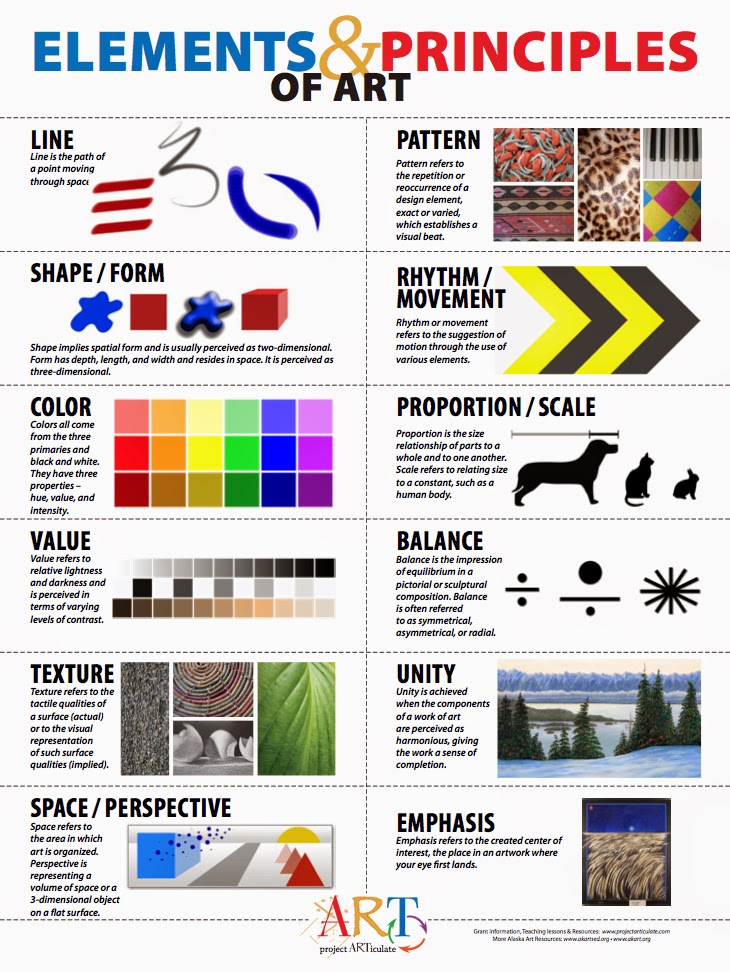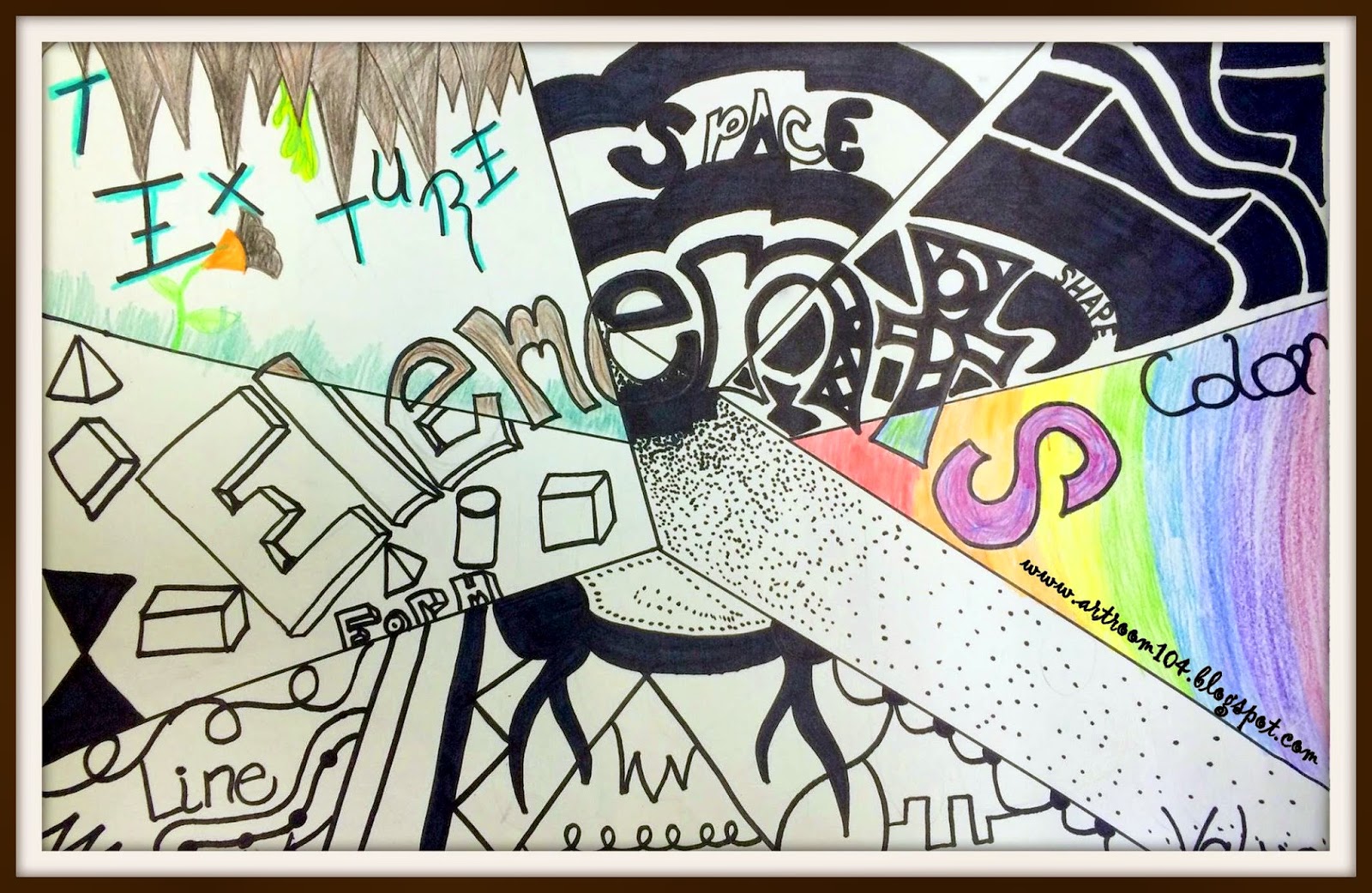

Which parts of the image are low contrast, and which are high contrast? What stands out? What’s the first thing you see? What’s the next thing you notice? Is your eye drawn to the high contrast or low contrast areas first? In “Style,” Lower East Side, Manhattan, 2002,” the black-and-white image that begins the slide show above, there are many tonal values (shades from the gray scale).
Teacher Shortage: While the pandemic has created an urgent search for teachers in some areas, not every district is suffering from shortages. students in most states have experienced troubling setbacks in math and reading since the pandemic began, according to the National Assessment of Educational Progress. 
But some educators are finding ways to integrate it into lessons.
Teaching Climate Change: Many middle school science standards don’t explicitly mention climate change. But one issue remains divisive: teaching children about gender diversity and L.G.B.T.Q. Curriculum Wars: According to a new survey, most Americans are satisfied with their local schools. How do artists produce and use different tonal values? To begin, watch the video above, on value, one of seven elements of art. Although paintings and photographs do not often physically light up, the semblance of light and dark can be achieved through the manipulation of value. Value is responsible for the appearance of texture and light in art. High contrast images have few tonal values in between stronger hues like black and white. When shades of similar value are used together, they also create a low contrast image. The more tonal variants in an image, the lower the contrast. 

Values are best understood when visualized as a scale or gradient, from dark to light. Value defines how light or dark a given color or hue can be. How does value create emphasis and the illusion of light?Īrtists are able to create the illusion of light using different color and tonal values. The other pieces in the series? Here are lessons on space, shape, form, line, color and texture. Welcome to the final piece in our Seven Elements of Art series, in which Kristin Farr pairs videos from KQED Art School with current New York Times pieces on the visual arts to help students make connections between formal art instruction and our daily visual culture.








 0 kommentar(er)
0 kommentar(er)
